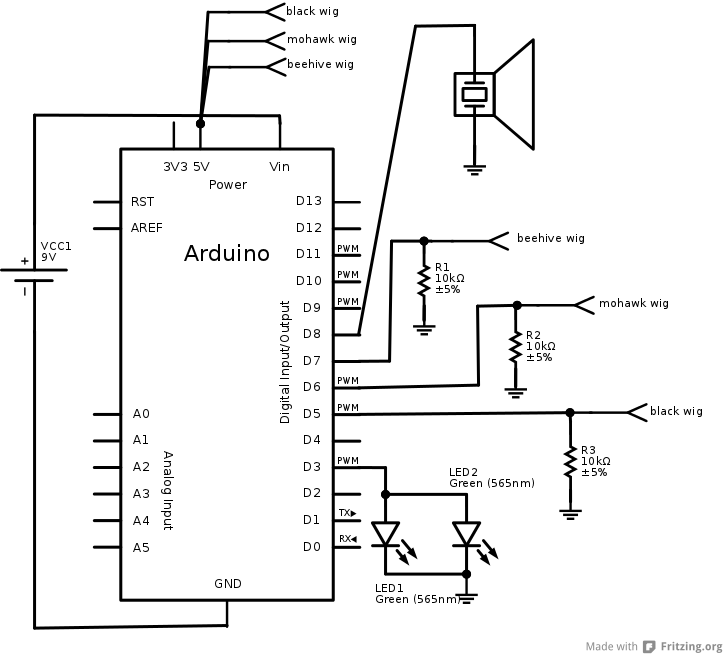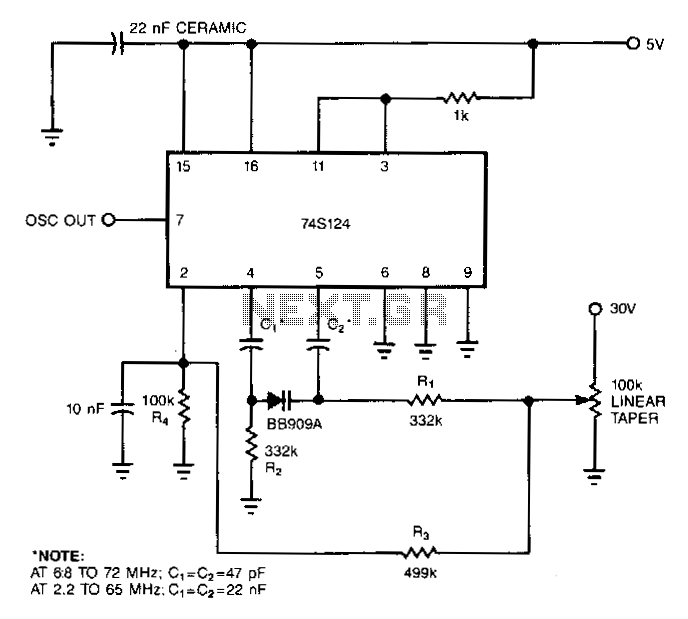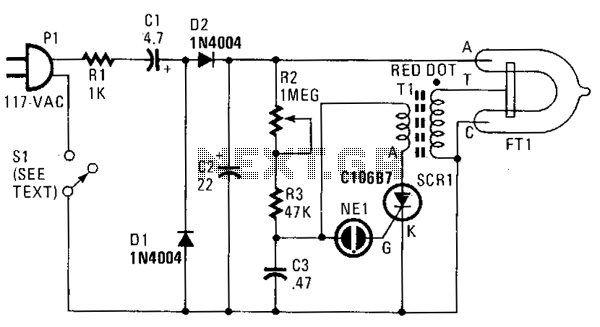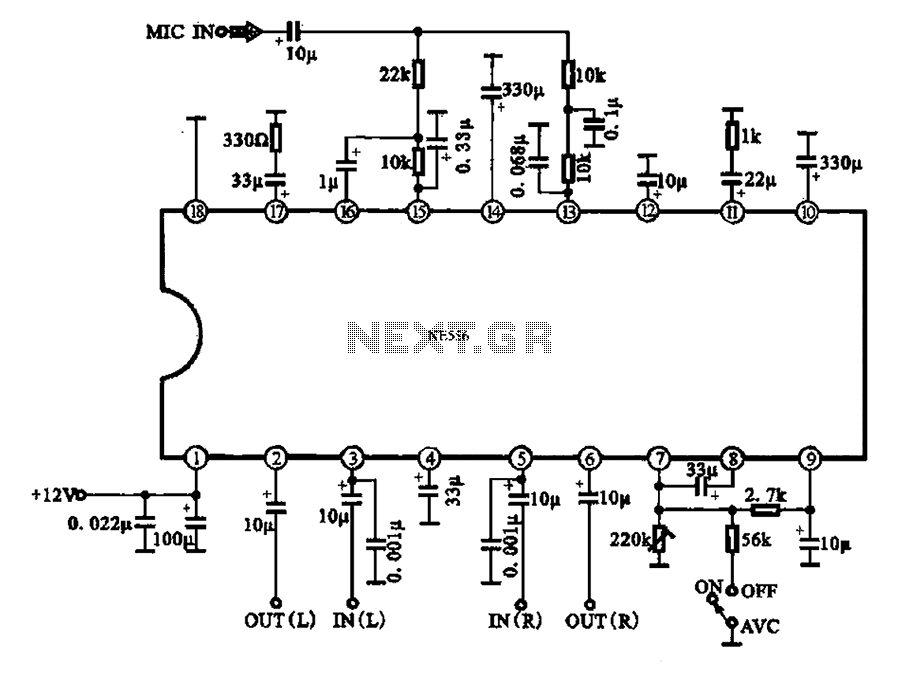
lm723 variable power supply circuit

A simple variable power supply circuit can be designed using the LM723 regulator, which provides a maximum current of up to 2A and a variable voltage range between 2 and 25 volts.
The LM723 voltage regulator is an integrated circuit capable of delivering a stable output voltage while allowing for adjustable settings. This makes it suitable for applications requiring a variable power supply. The circuit typically consists of the LM723, a few passive components, and additional circuitry to enhance performance.
To construct the variable power supply, the LM723 is connected in a configuration that allows for output voltage adjustment. The output voltage is determined by the feedback network, which usually consists of a potentiometer and resistors. By varying the resistance of the potentiometer, the output voltage can be adjusted within the specified range of 2 to 25 volts.
The maximum output current of 2A is achievable under optimal conditions, and it is essential to ensure that the LM723 is adequately heat-sinked to prevent thermal shutdown during operation. The circuit may also include additional capacitors at the input and output to stabilize voltage levels and reduce noise.
Furthermore, a diode can be placed in parallel with the load to protect the circuit from reverse voltage spikes. This configuration enhances the reliability of the power supply, making it suitable for various electronic applications.
Overall, the LM723-based variable power supply circuit is a versatile solution for providing adjustable voltage and current, making it an essential tool for electronics experimentation and prototyping.Using LM723 regulator can be designed a very simple variable power supply circuit which can provide a maximum current up to 2A and a variable voltage between 2 and 25 volts. 🔗 External reference
The LM723 voltage regulator is an integrated circuit capable of delivering a stable output voltage while allowing for adjustable settings. This makes it suitable for applications requiring a variable power supply. The circuit typically consists of the LM723, a few passive components, and additional circuitry to enhance performance.
To construct the variable power supply, the LM723 is connected in a configuration that allows for output voltage adjustment. The output voltage is determined by the feedback network, which usually consists of a potentiometer and resistors. By varying the resistance of the potentiometer, the output voltage can be adjusted within the specified range of 2 to 25 volts.
The maximum output current of 2A is achievable under optimal conditions, and it is essential to ensure that the LM723 is adequately heat-sinked to prevent thermal shutdown during operation. The circuit may also include additional capacitors at the input and output to stabilize voltage levels and reduce noise.
Furthermore, a diode can be placed in parallel with the load to protect the circuit from reverse voltage spikes. This configuration enhances the reliability of the power supply, making it suitable for various electronic applications.
Overall, the LM723-based variable power supply circuit is a versatile solution for providing adjustable voltage and current, making it an essential tool for electronics experimentation and prototyping.Using LM723 regulator can be designed a very simple variable power supply circuit which can provide a maximum current up to 2A and a variable voltage between 2 and 25 volts. 🔗 External reference





